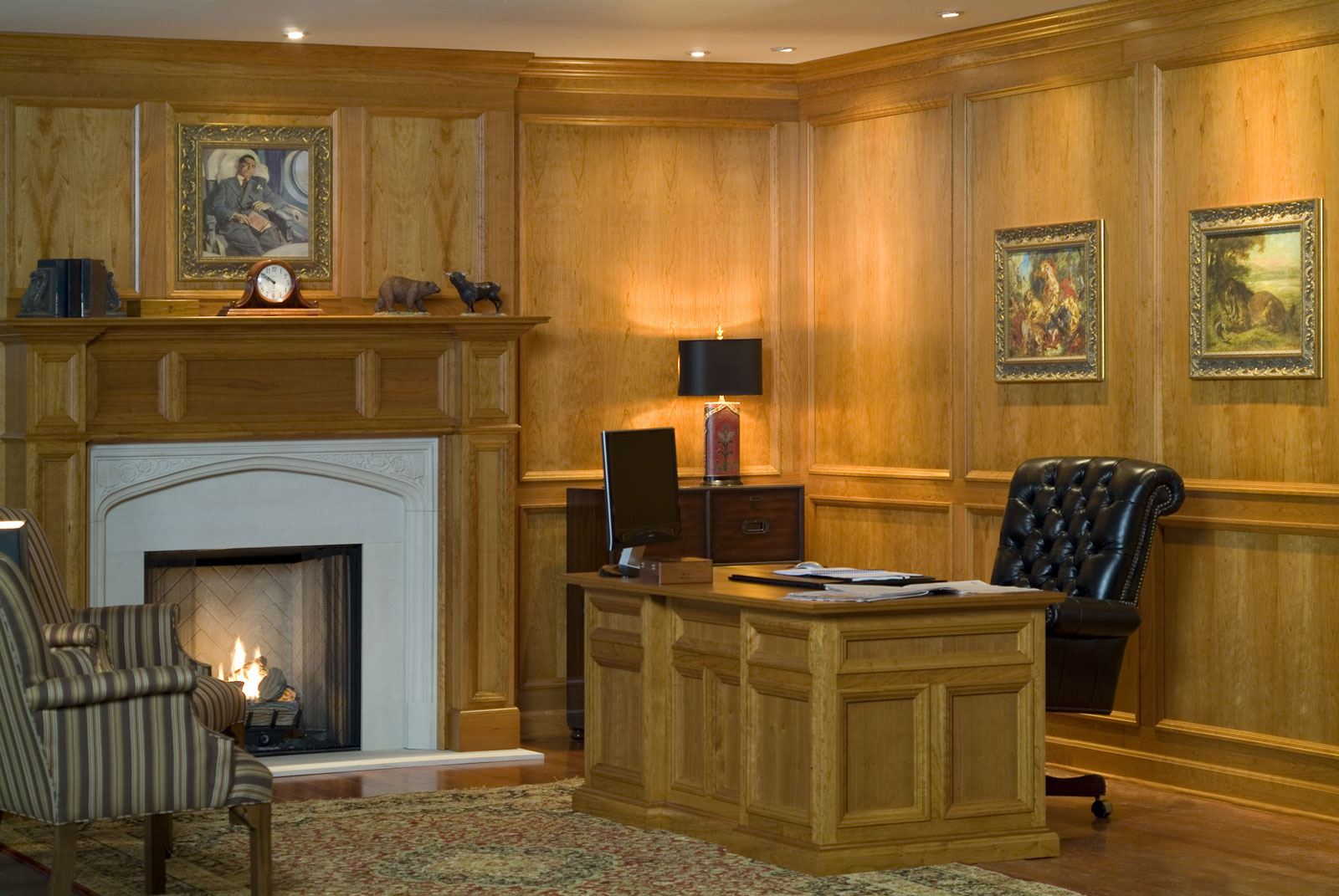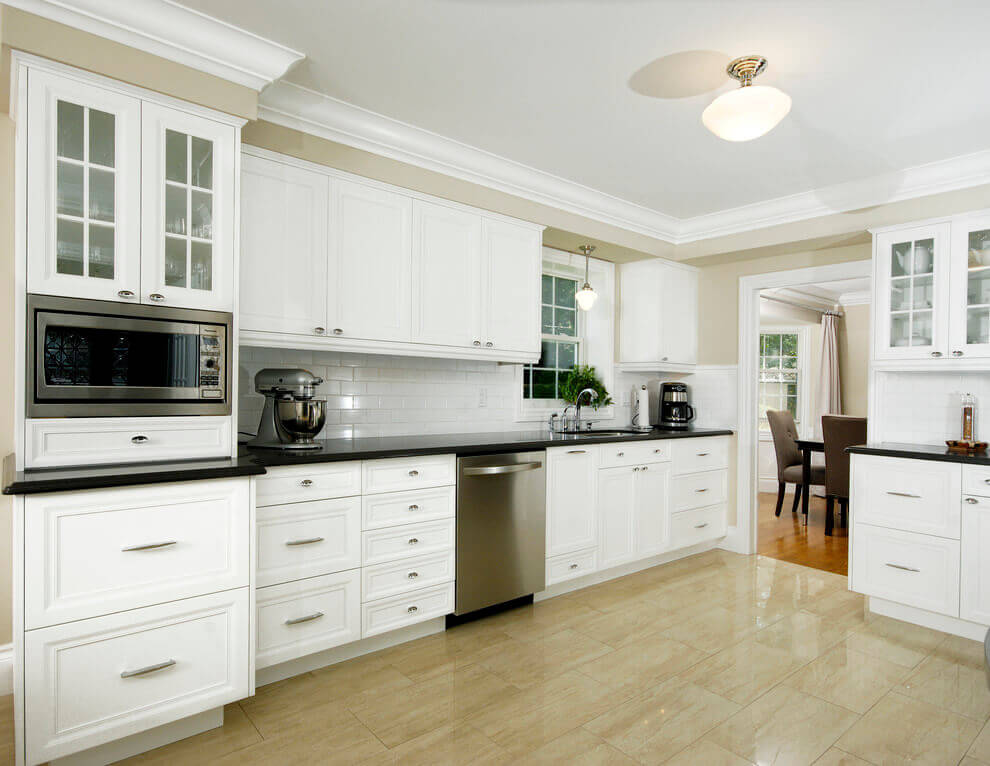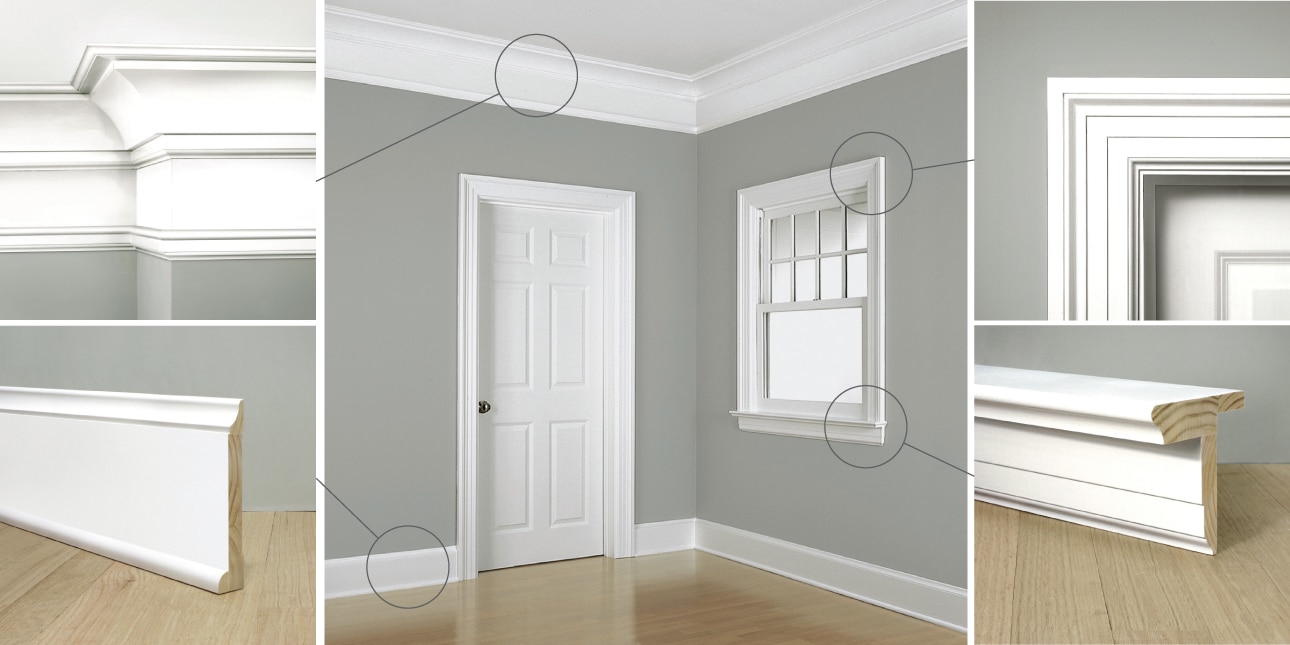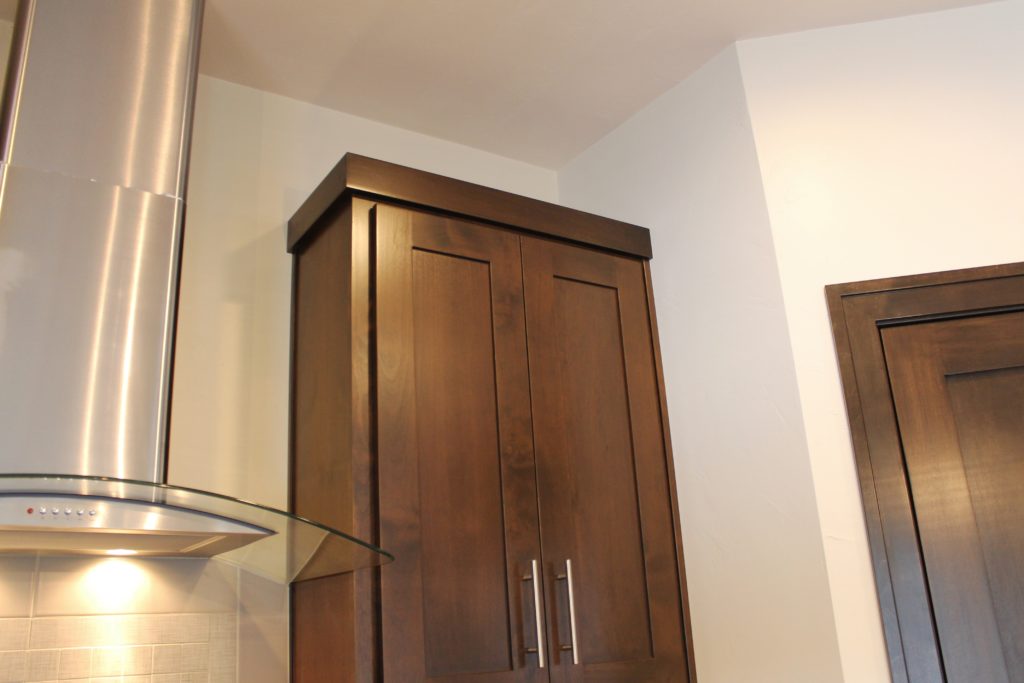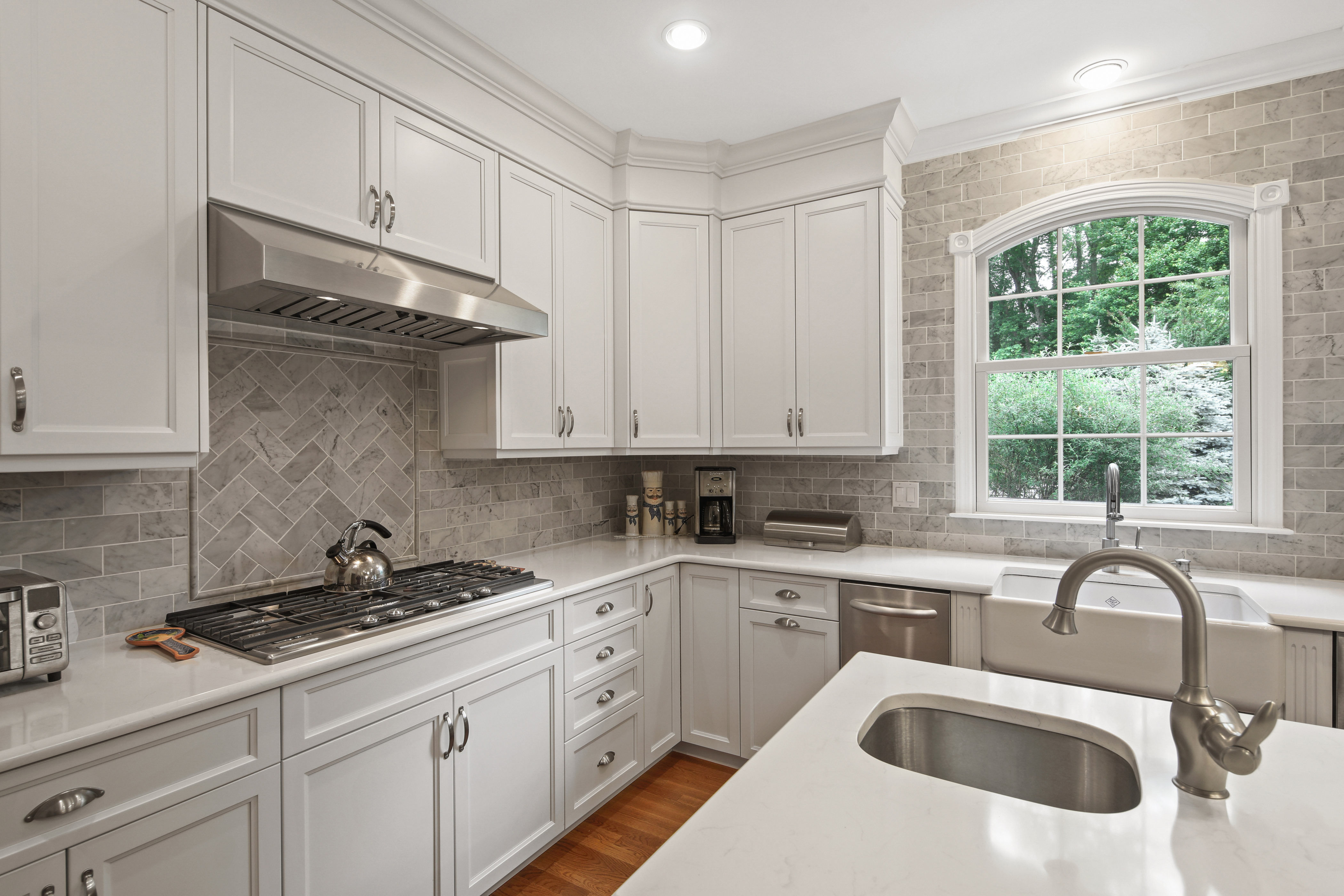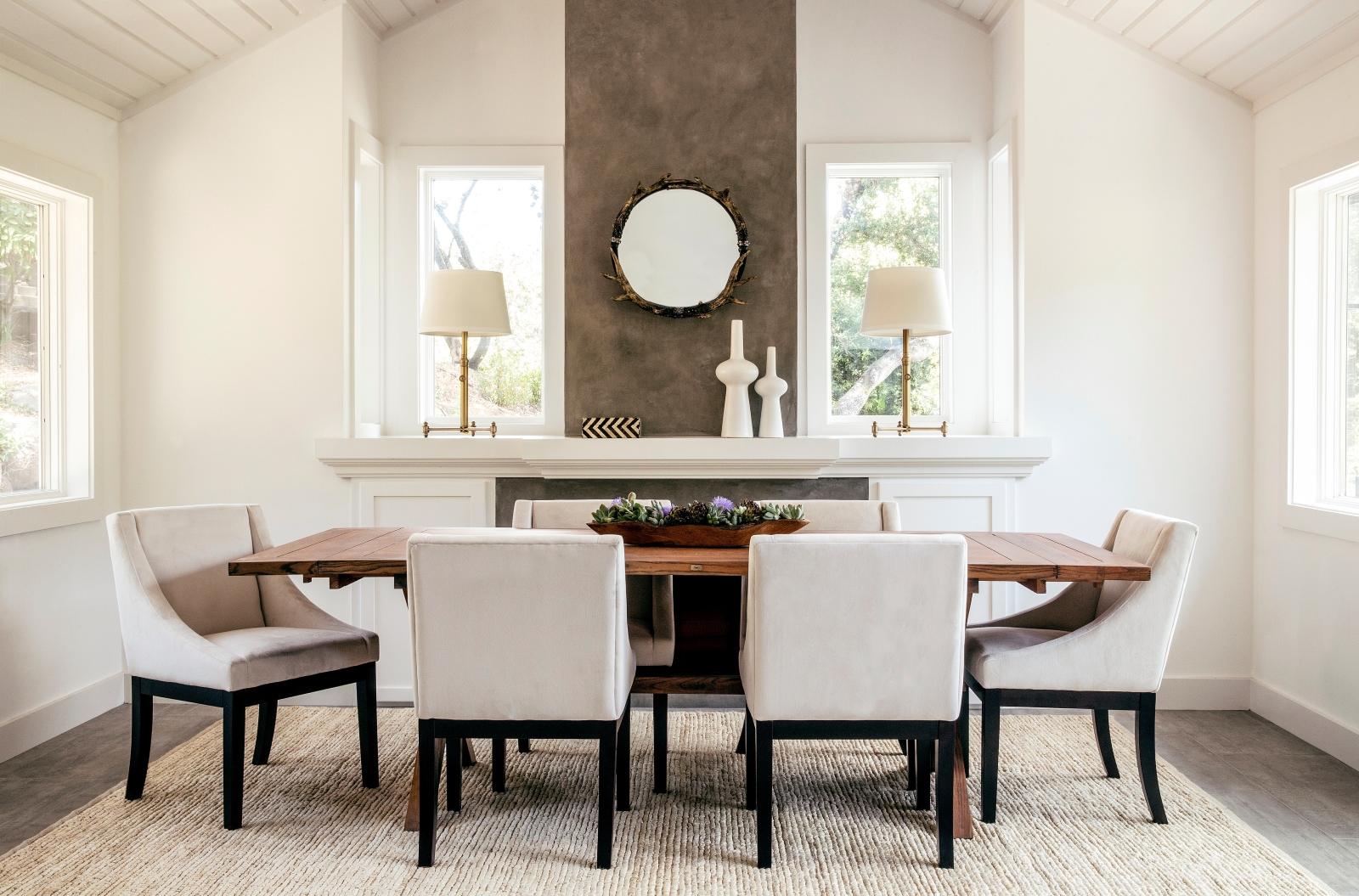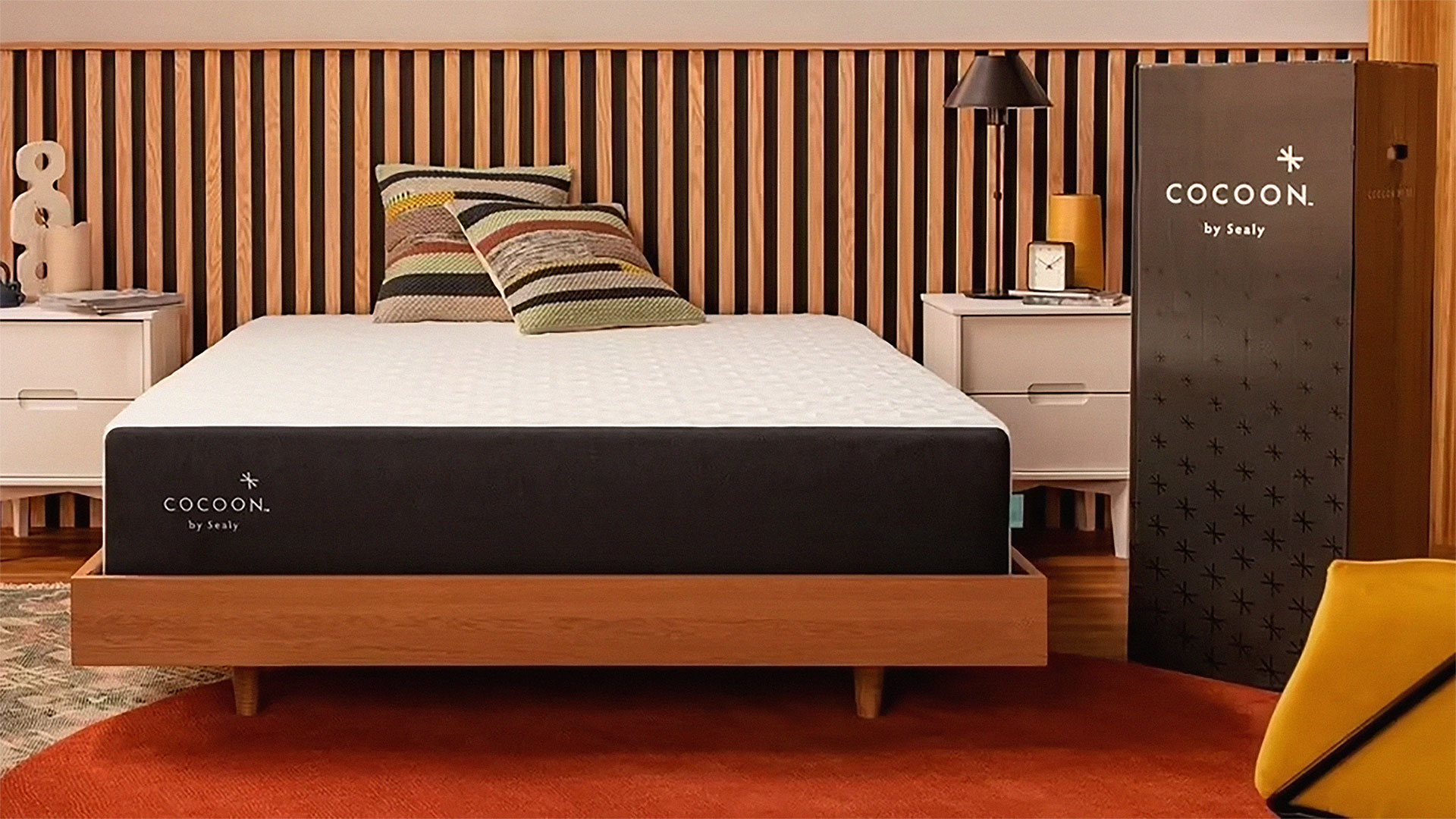Flat panel molding is a popular choice for modern and contemporary interior design styles. This type of molding features a flat, smooth surface without any intricate details or designs. It is often seen in minimalist homes, where clean lines and simplicity are key. Flat panel molding can also be painted in a variety of colors to match any home decor.Flat Panel Molding
Shaker style molding is inspired by the simple and functional designs of the Shakers, a religious group known for their craftsmanship in the 1800s. This type of molding has clean, straight lines and is often used in traditional or farmhouse style homes. It can be painted or stained in natural wood tones to add warmth and character to a room.Shaker Style Molding
Raised panel molding is a classic and elegant style that features a raised panel in the center of the door, surrounded by a frame. This type of molding is commonly seen in colonial or traditional homes, giving a sense of sophistication and grandeur. Raised panel molding can be painted or stained to match the overall style of the home.Raised Panel Molding
Colonial style molding is characterized by its symmetrical and balanced design, inspired by the architecture of the American colonies in the 18th century. This type of molding often features intricate details and patterns, giving a sense of classic elegance. Colonial style molding is commonly found in historic homes or homes with a traditional design aesthetic.Colonial Style Molding
Craftsman style molding is influenced by the Arts and Crafts movement, which emphasizes the use of natural materials and simple, functional designs. This type of molding features clean, straight lines and often includes elements of nature, such as leaves or flowers. Craftsman style molding is a popular choice for bungalows, cottages, and other homes with a rustic or natural design aesthetic.Craftsman Style Molding
Victorian style molding is known for its ornate and elaborate designs, inspired by the Victorian era in the 19th century. This type of molding features intricate details, curves, and patterns, adding a touch of opulence and luxury to a room. Victorian style molding is commonly found in historic homes or homes with a traditional and formal design aesthetic.Victorian Style Molding
French style molding is influenced by the grand and elegant designs of French architecture. This type of molding often features intricate details, curves, and floral patterns, giving a sense of sophistication and luxury. French style molding is commonly used in formal and traditional homes, adding a touch of European charm and elegance.French Style Molding
Contemporary style molding is a modern take on traditional molding, featuring clean lines and simple designs. This type of molding is often seen in minimalist homes, where less is more. Contemporary style molding can be painted in bold colors to make a statement or in neutral tones to blend in with the overall design of a room.Contemporary Style Molding
Traditional style molding is a timeless and versatile option that can work in a variety of home design styles. This type of molding features classic and elegant designs, such as intricate details and curves. Traditional style molding can be painted or stained to match the overall aesthetic of a home, making it a popular choice for many homeowners.Traditional Style Molding
Transitional style molding combines elements of both traditional and contemporary designs, creating a blend of old and new. This type of molding features simple and clean lines, with a touch of ornate details or curves. Transitional style molding is a popular choice for those who want a mix of classic and modern elements in their home design.Transitional Style Molding
Why Interior Doors Molding Styles are Essential for Your House Design

The Importance of Interior Doors Molding
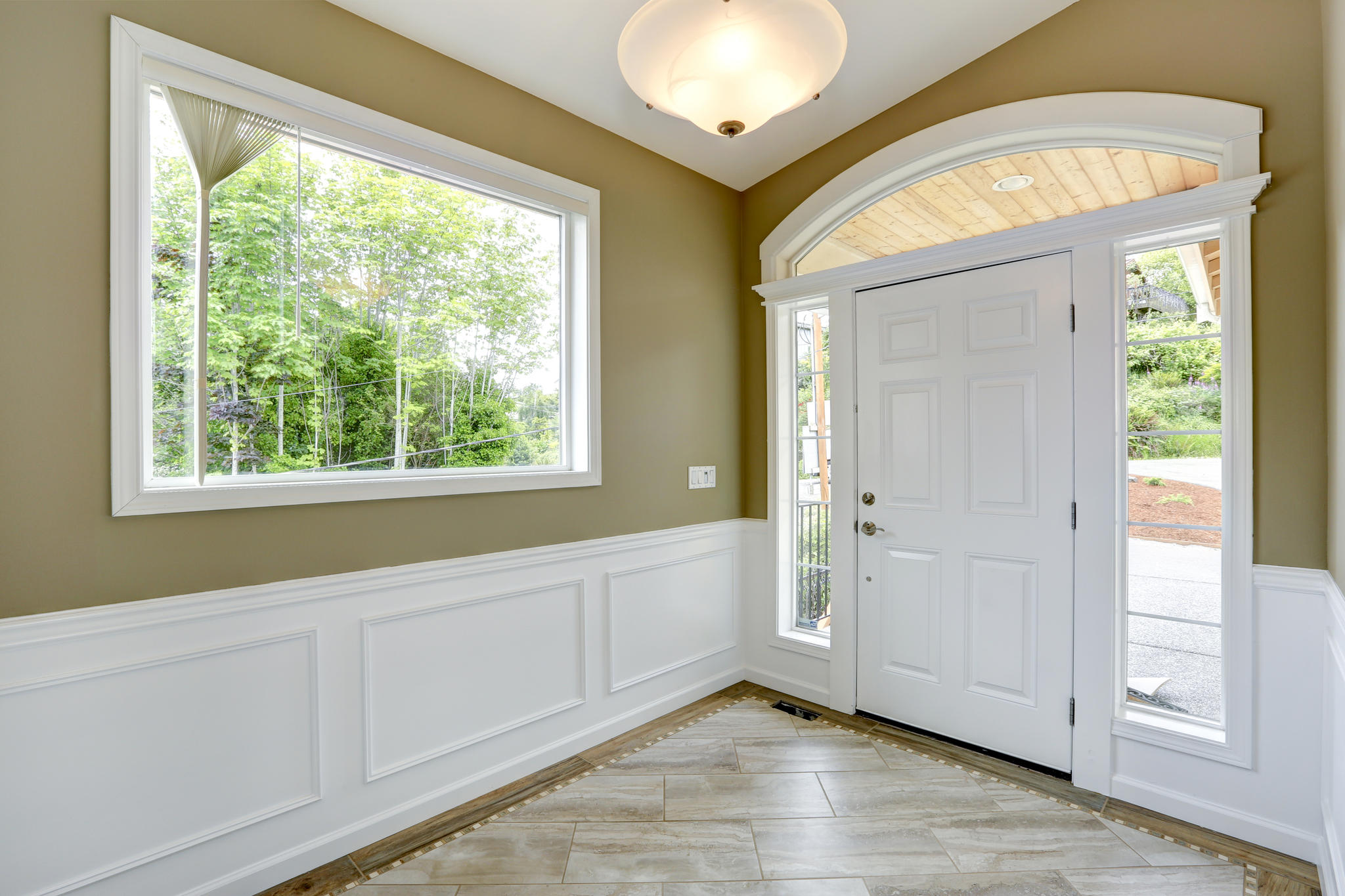 Interior doors play a crucial role in the overall design and aesthetics of a house. They provide privacy, separate different rooms, and add to the overall ambiance of a space. However, many homeowners often overlook the importance of
interior doors molding
. Molding is the decorative trim that surrounds the door frame and adds depth and character to the door. It may seem like a small detail, but the right molding style can elevate the look of your interior doors and make a significant impact on the overall design of your house.
Interior doors play a crucial role in the overall design and aesthetics of a house. They provide privacy, separate different rooms, and add to the overall ambiance of a space. However, many homeowners often overlook the importance of
interior doors molding
. Molding is the decorative trim that surrounds the door frame and adds depth and character to the door. It may seem like a small detail, but the right molding style can elevate the look of your interior doors and make a significant impact on the overall design of your house.
Choosing the Right Molding Style
 When it comes to interior doors, there are various molding styles to choose from. Each style has its own unique characteristics and can complement different house designs. Some popular molding styles include
colonial, Victorian, and craftsman
. Colonial molding features simple and clean lines, making it a versatile option for both modern and traditional homes. Victorian molding, on the other hand, is more ornate and intricate, perfect for adding a touch of elegance to a room. Craftsman molding is known for its simple, yet sturdy design, making it a popular choice for bungalow and cottage-style houses.
When it comes to interior doors, there are various molding styles to choose from. Each style has its own unique characteristics and can complement different house designs. Some popular molding styles include
colonial, Victorian, and craftsman
. Colonial molding features simple and clean lines, making it a versatile option for both modern and traditional homes. Victorian molding, on the other hand, is more ornate and intricate, perfect for adding a touch of elegance to a room. Craftsman molding is known for its simple, yet sturdy design, making it a popular choice for bungalow and cottage-style houses.
Enhancing the Aesthetics of Your House Design
 In addition to adding depth and character to your interior doors, molding can also enhance the overall aesthetics of your house design. It can tie together different elements in a room, such as trim, baseboards, and crown molding, creating a cohesive and visually appealing look. Additionally, molding can also be used to create focal points in a room, drawing the eye towards a specific area and adding interest to the space.
In addition to adding depth and character to your interior doors, molding can also enhance the overall aesthetics of your house design. It can tie together different elements in a room, such as trim, baseboards, and crown molding, creating a cohesive and visually appealing look. Additionally, molding can also be used to create focal points in a room, drawing the eye towards a specific area and adding interest to the space.
The Versatility of Interior Doors Molding Styles
 Another great thing about interior doors molding styles is their versatility. They can be customized to fit different door sizes, shapes, and designs. You can also choose from a variety of materials, such as wood, MDF, or PVC, to suit your budget and design preferences. With so many options available, you can easily find a molding style that complements your house design and reflects your personal style.
In conclusion,
interior doors molding styles
may seem like a small and insignificant detail, but they can make a significant impact on your house design. They add depth, character, and enhance the overall aesthetics of a space. So, the next time you're renovating or designing your house, don't overlook the importance of choosing the right molding style for your interior doors. It can truly make a difference in the overall look and feel of your home.
Another great thing about interior doors molding styles is their versatility. They can be customized to fit different door sizes, shapes, and designs. You can also choose from a variety of materials, such as wood, MDF, or PVC, to suit your budget and design preferences. With so many options available, you can easily find a molding style that complements your house design and reflects your personal style.
In conclusion,
interior doors molding styles
may seem like a small and insignificant detail, but they can make a significant impact on your house design. They add depth, character, and enhance the overall aesthetics of a space. So, the next time you're renovating or designing your house, don't overlook the importance of choosing the right molding style for your interior doors. It can truly make a difference in the overall look and feel of your home.
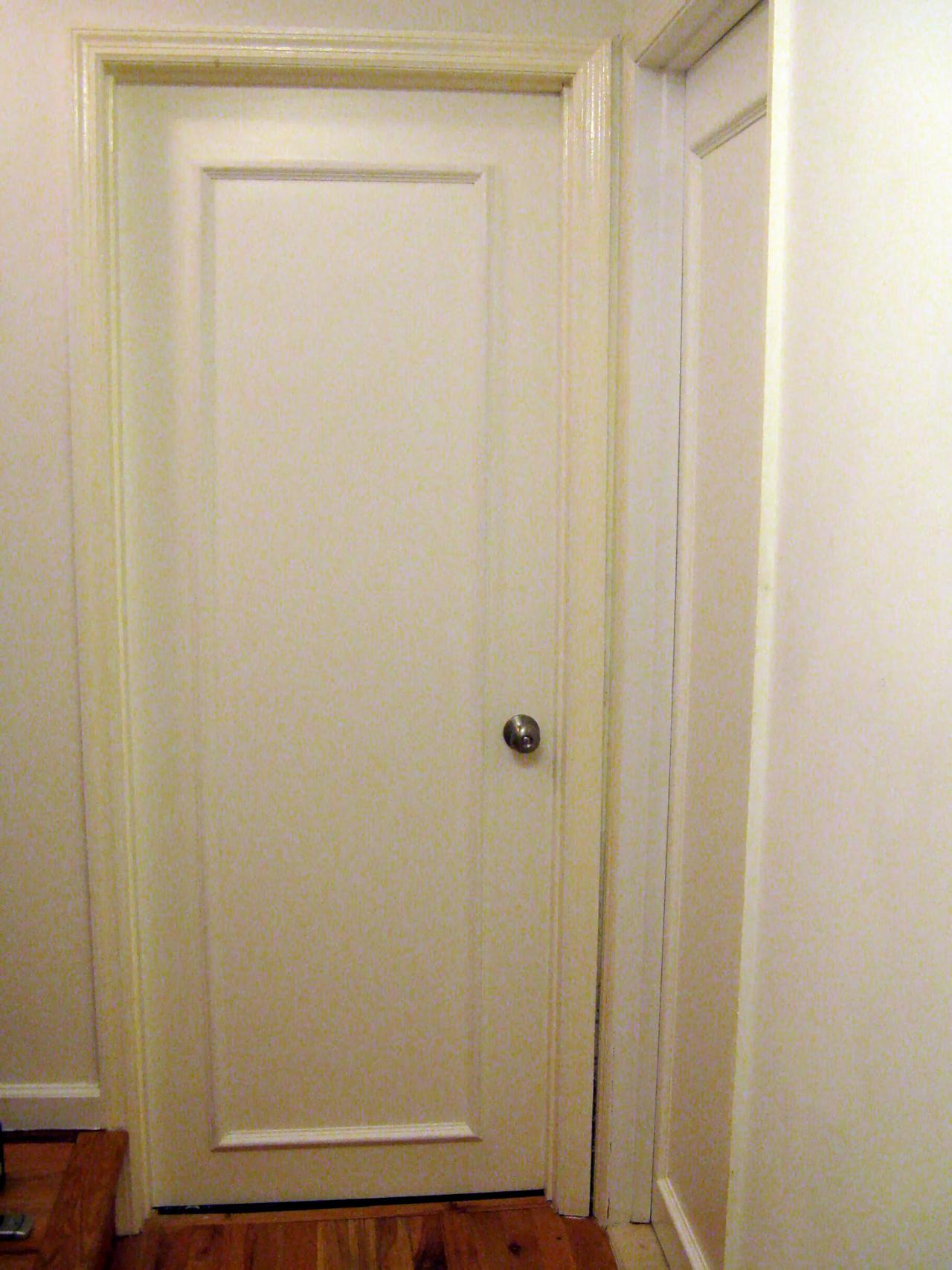



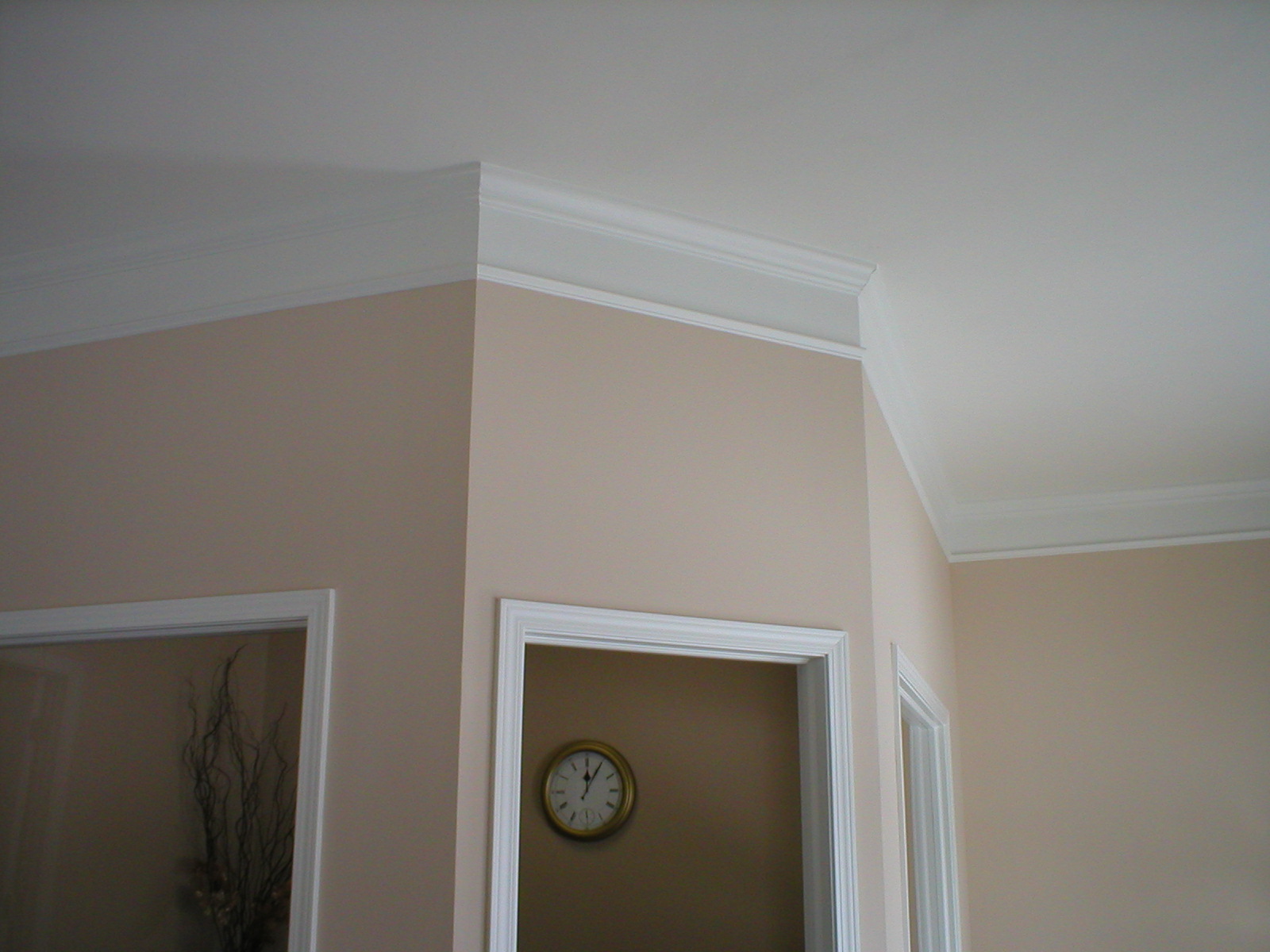

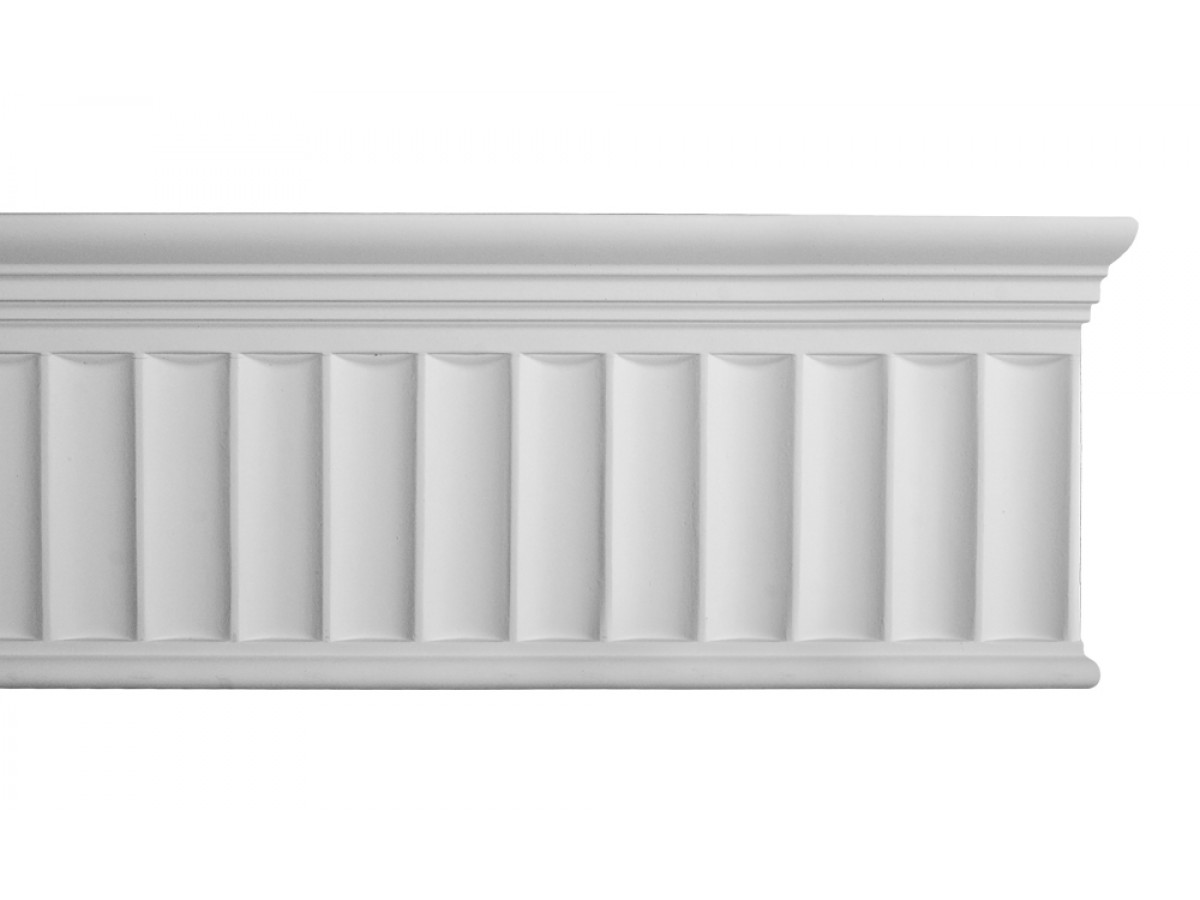

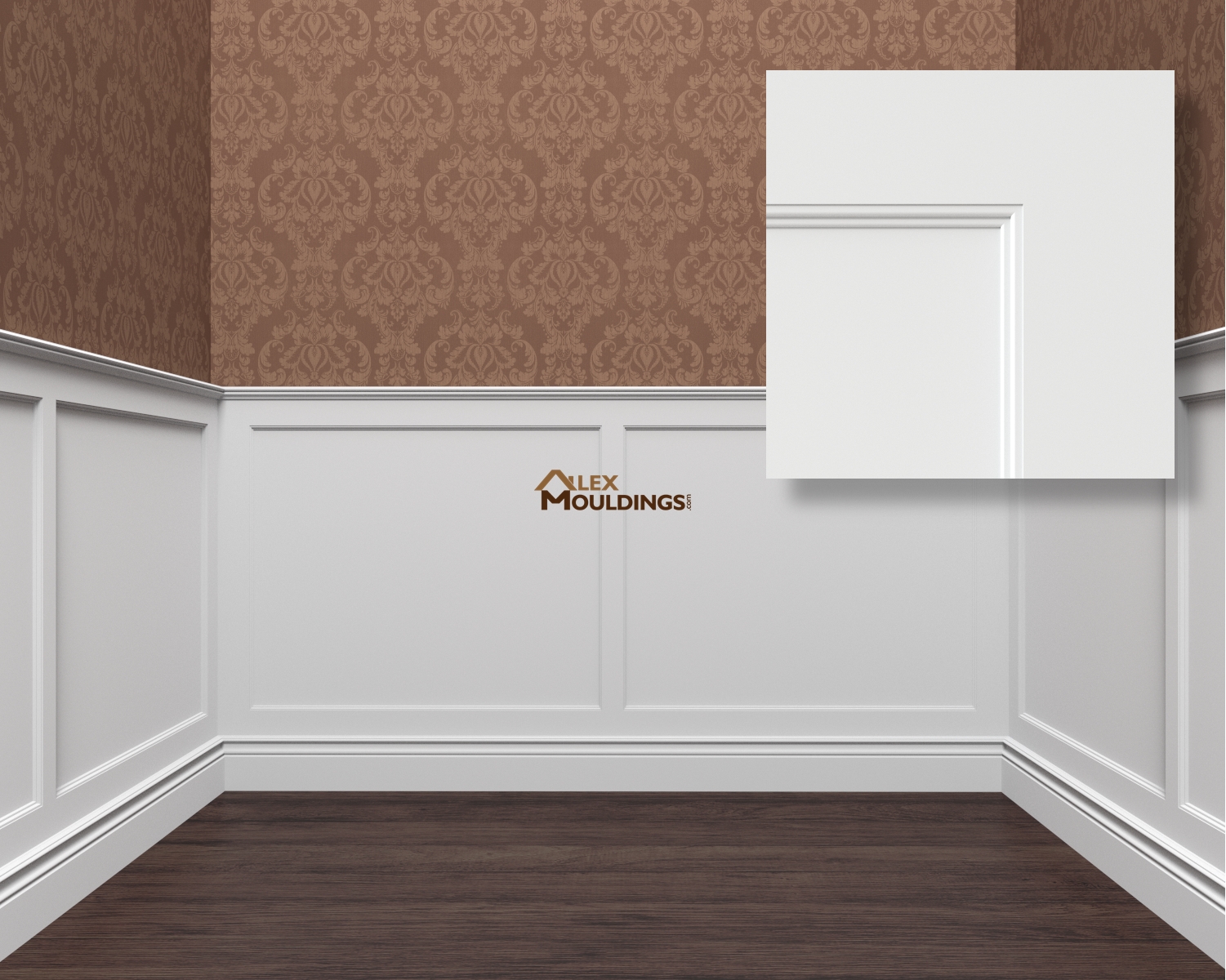




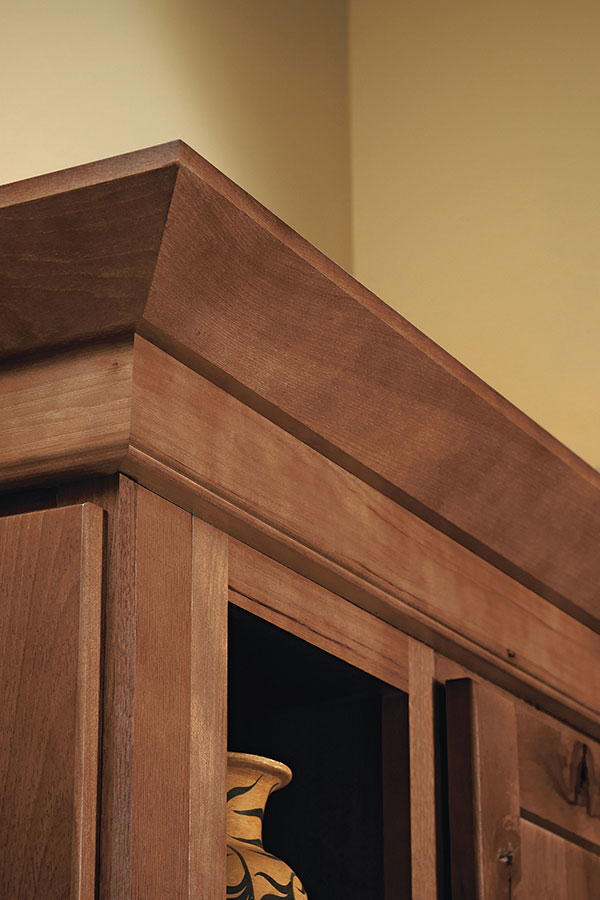
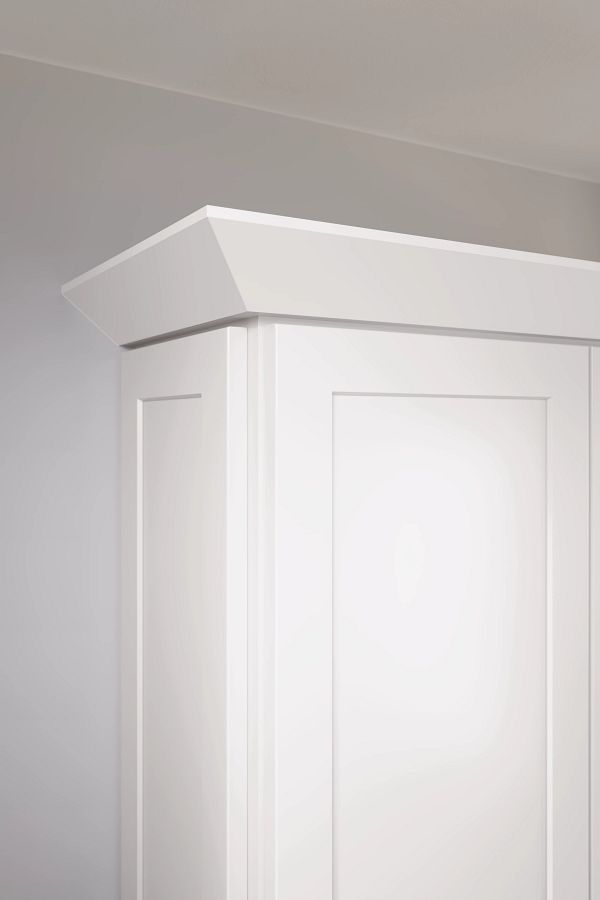



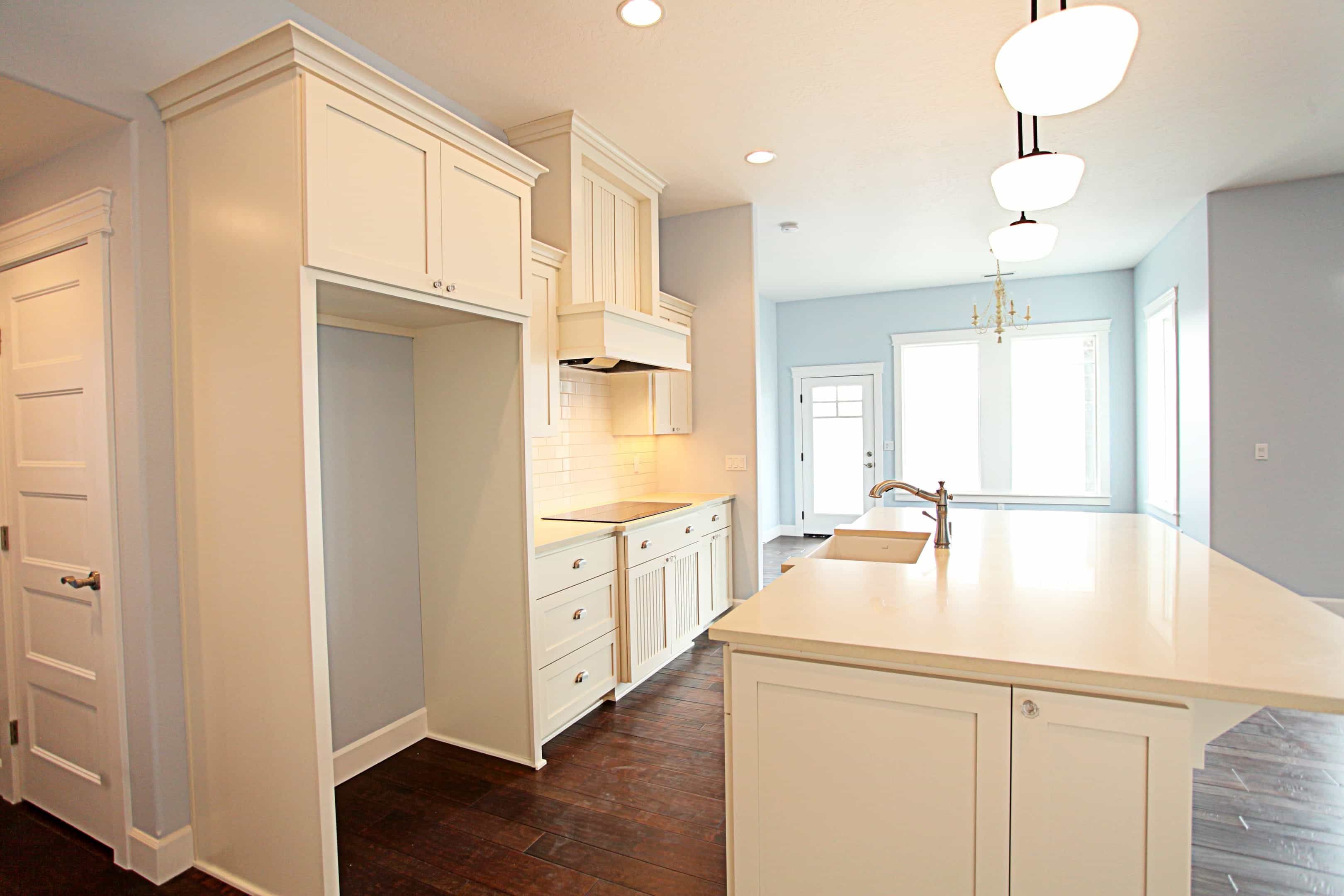






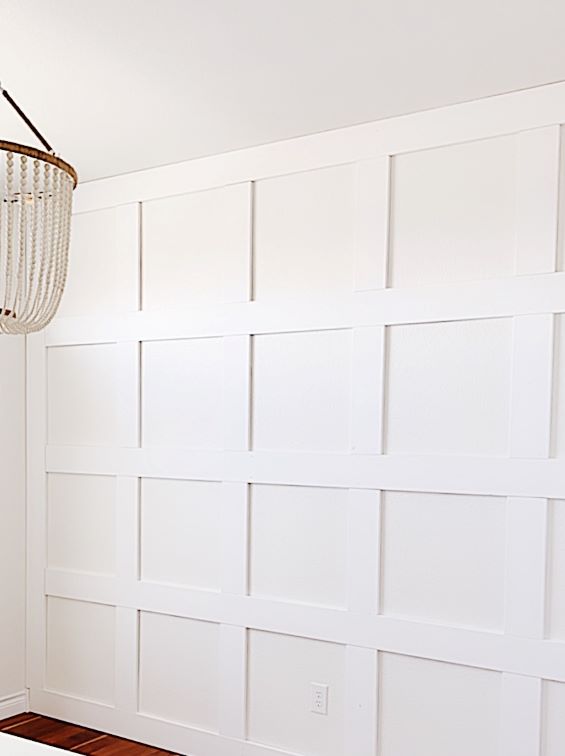

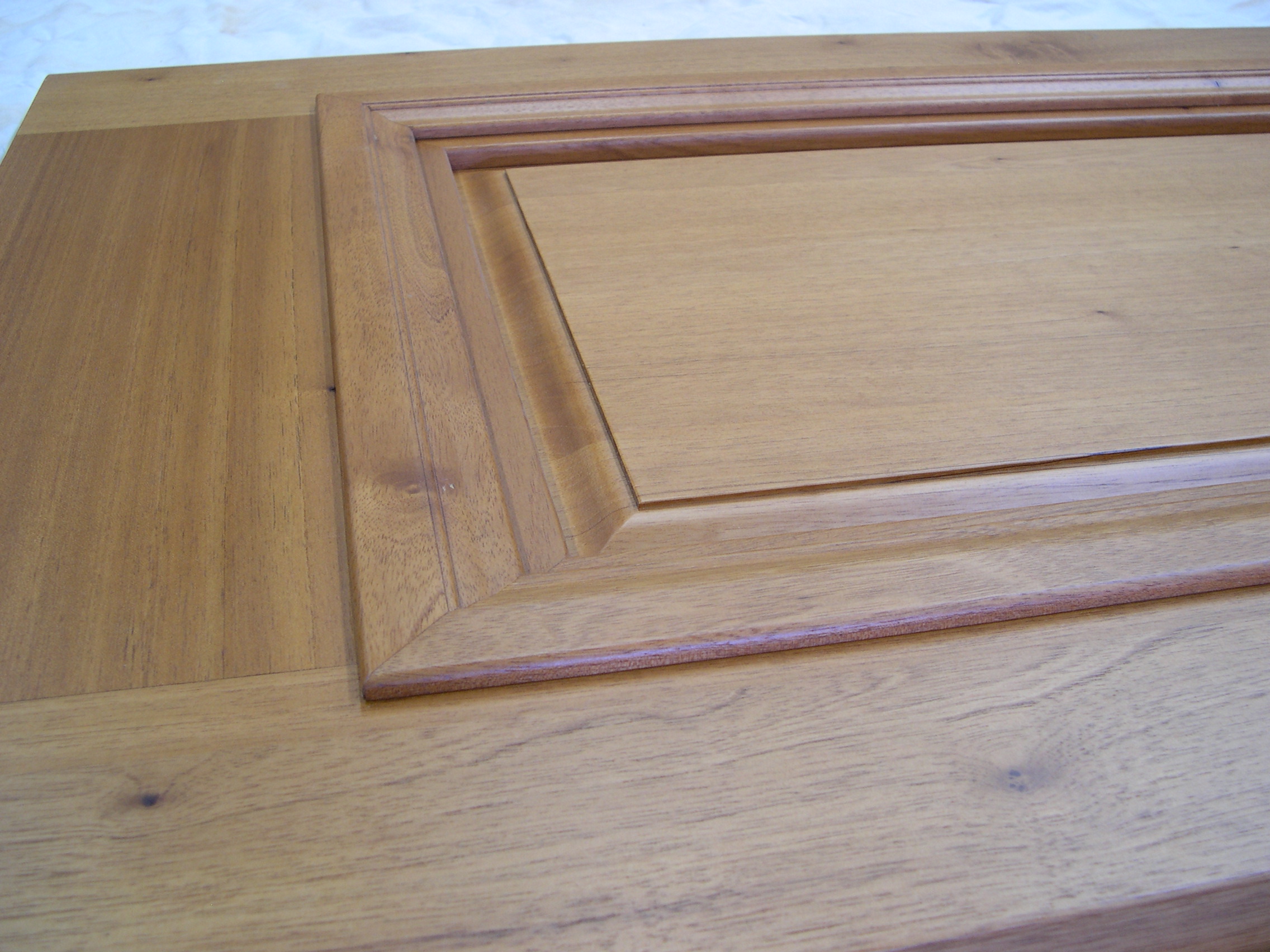









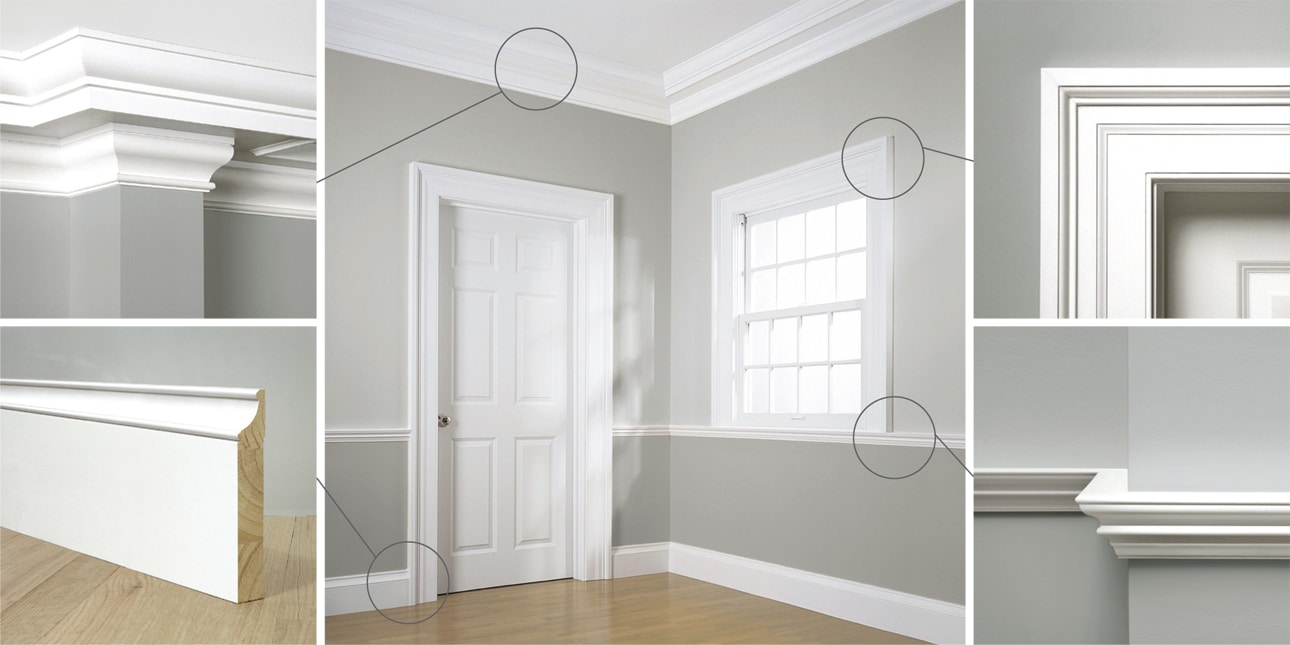
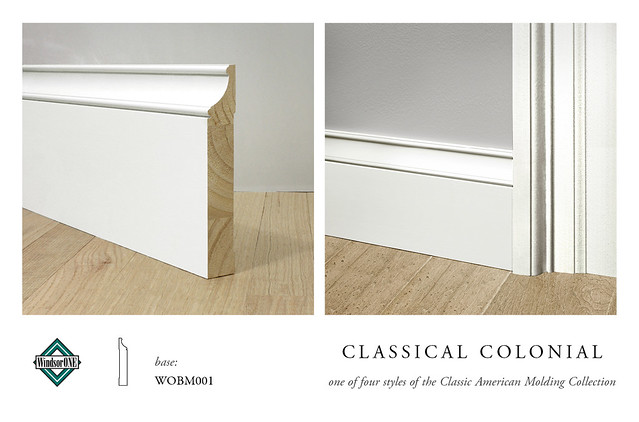









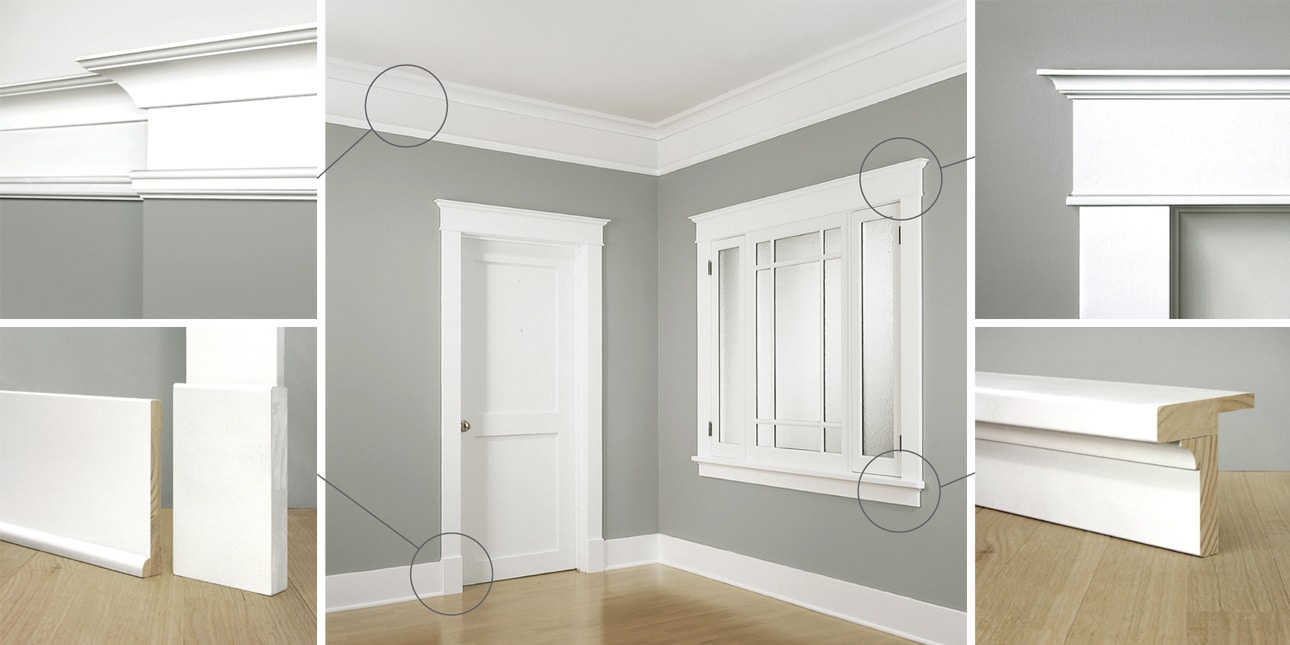
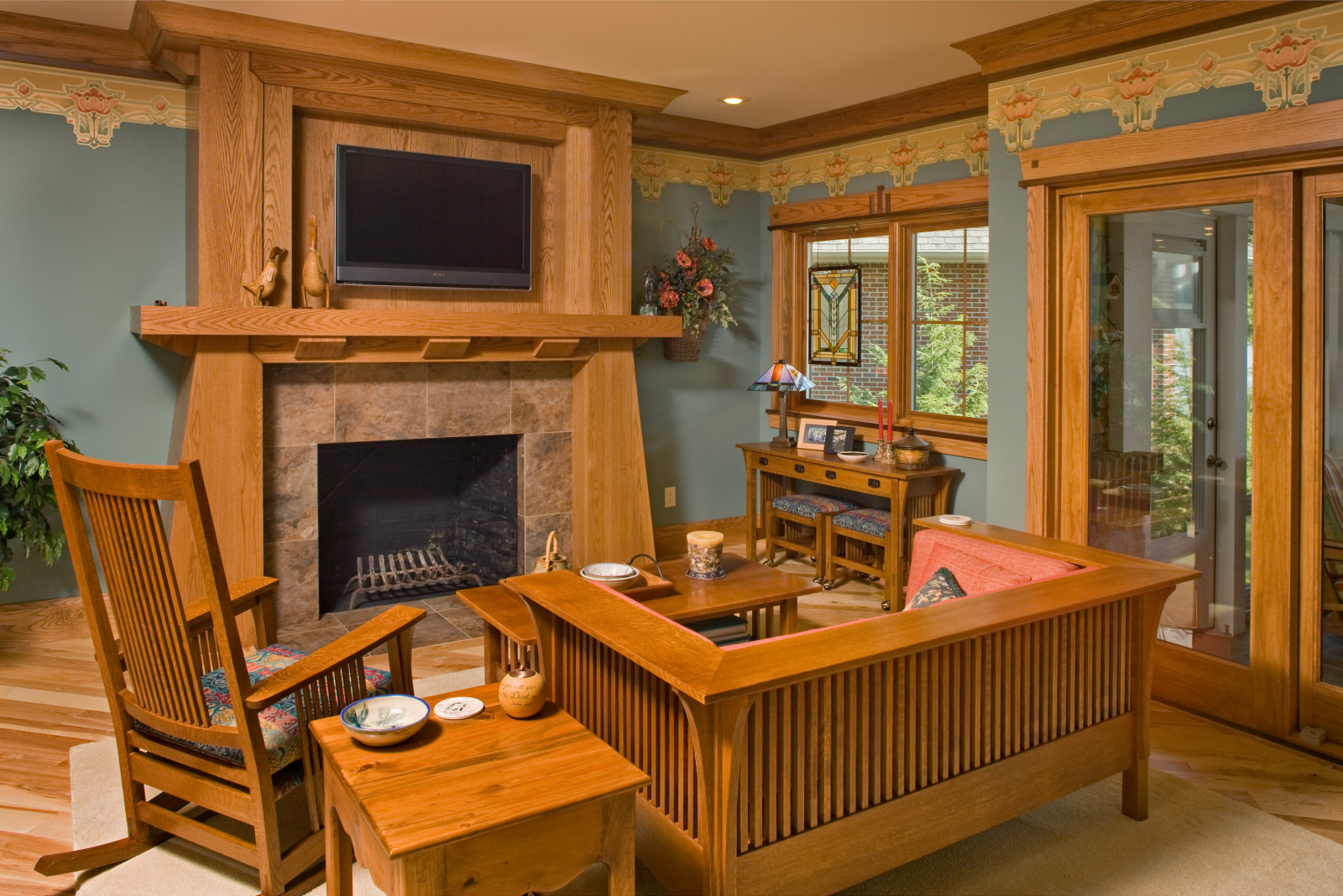





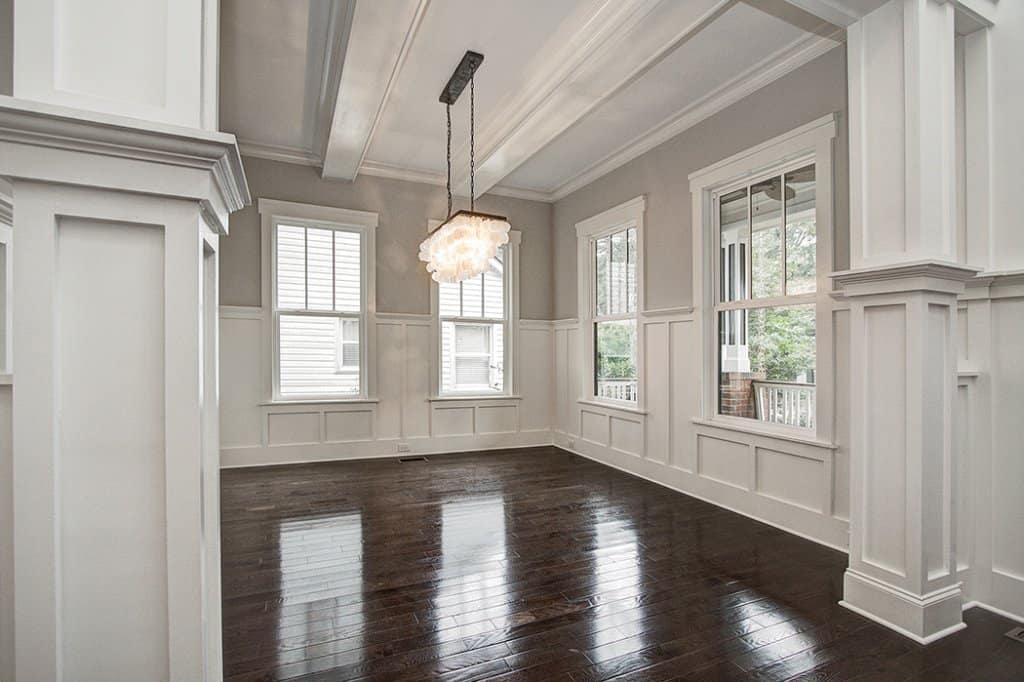



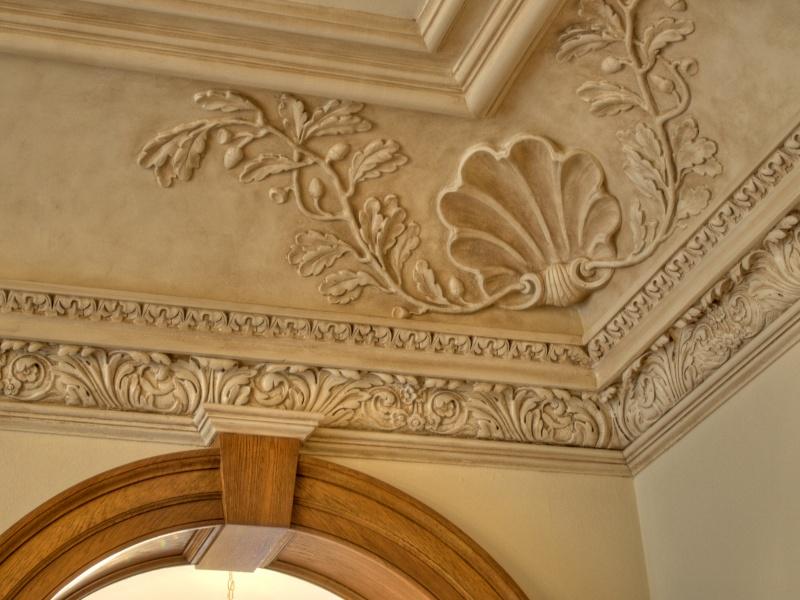
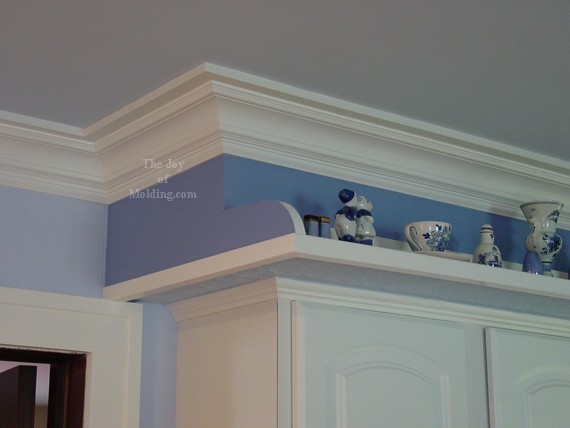





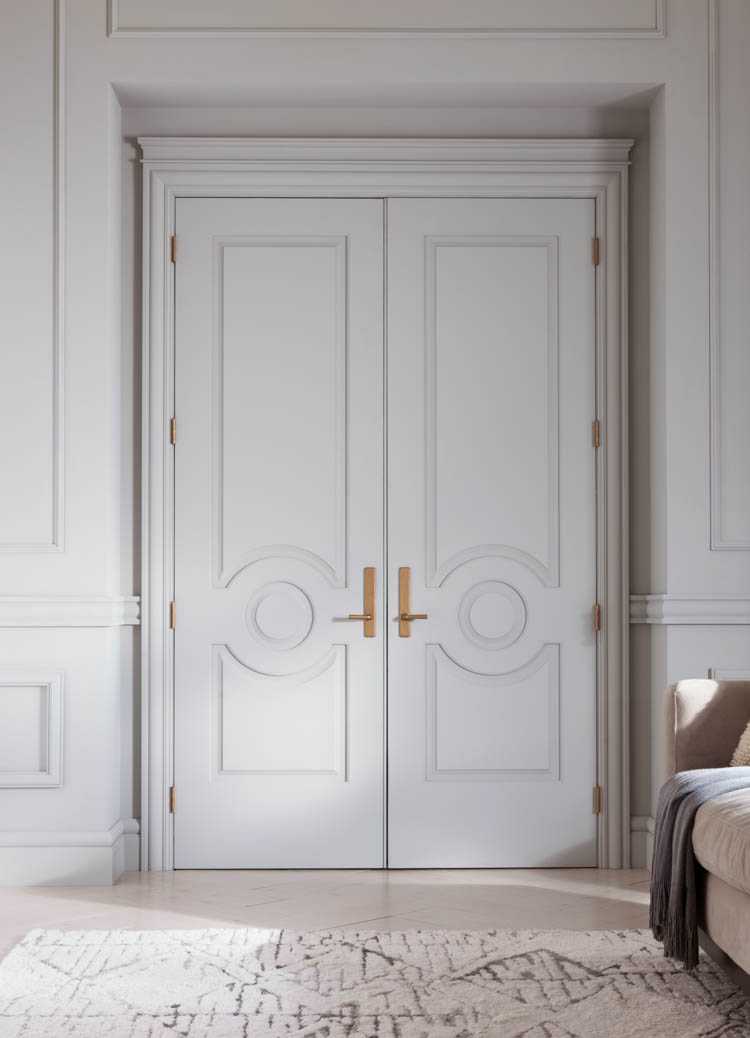



/cdn.vox-cdn.com/uploads/chorus_image/image/66811878/Molding_iStock-936301166.0.0.jpg)











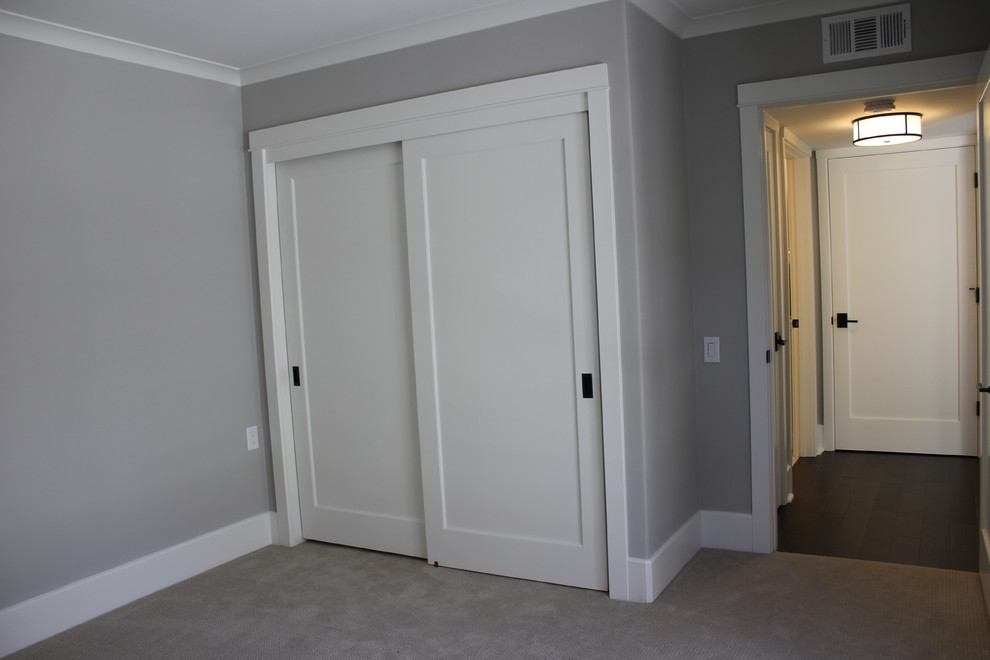

/Diningroomwithcrownmolding-GettyImages-145121522-85951b058d5f406cb48bd96375265b2e.jpg)
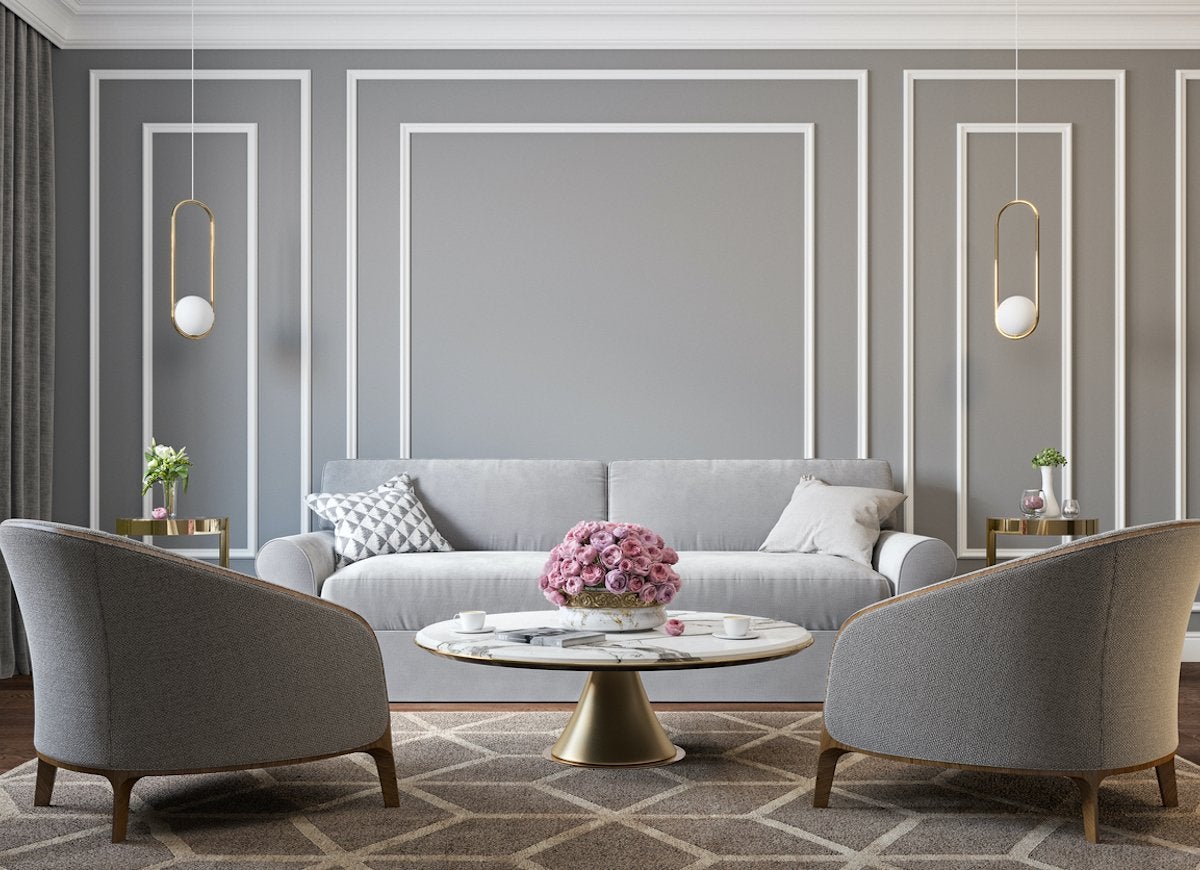



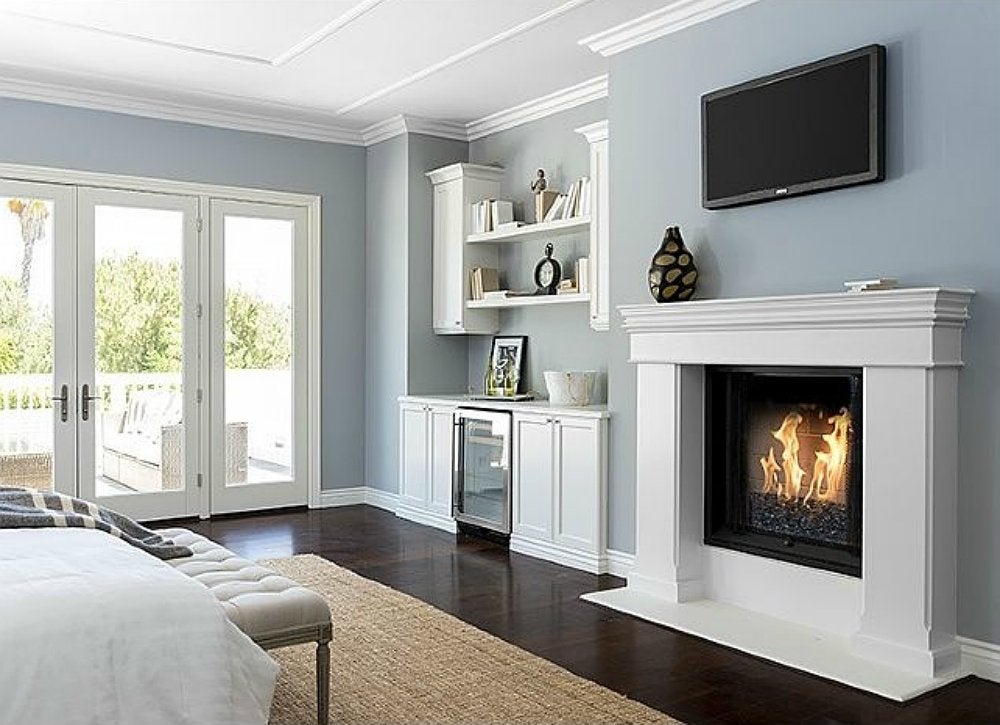
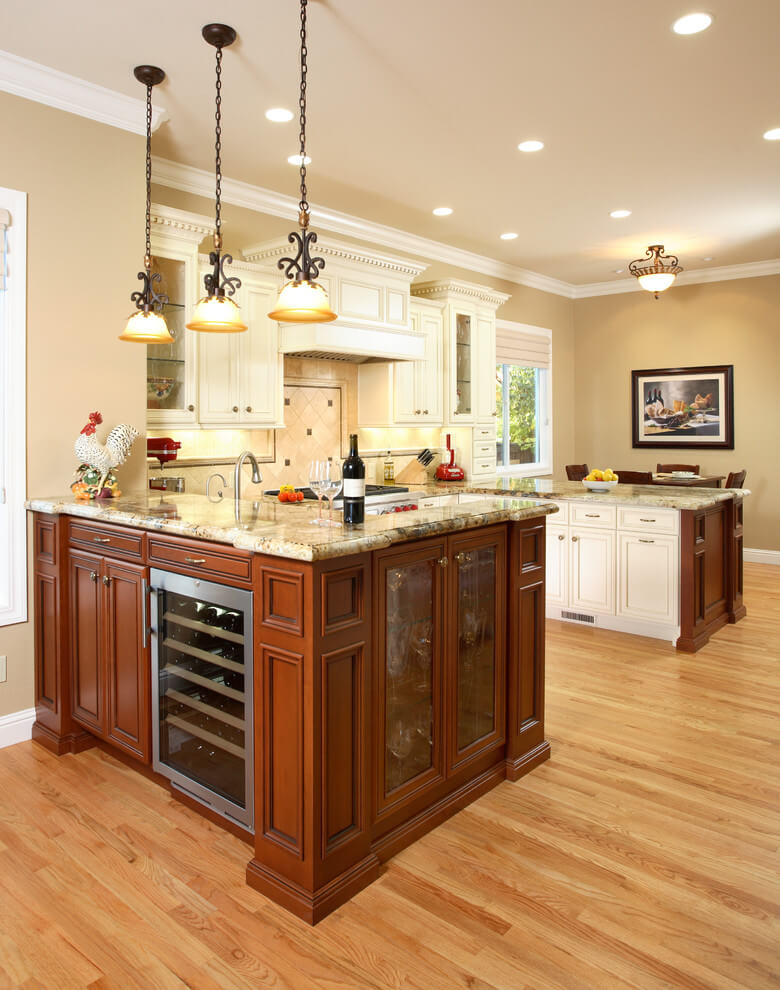


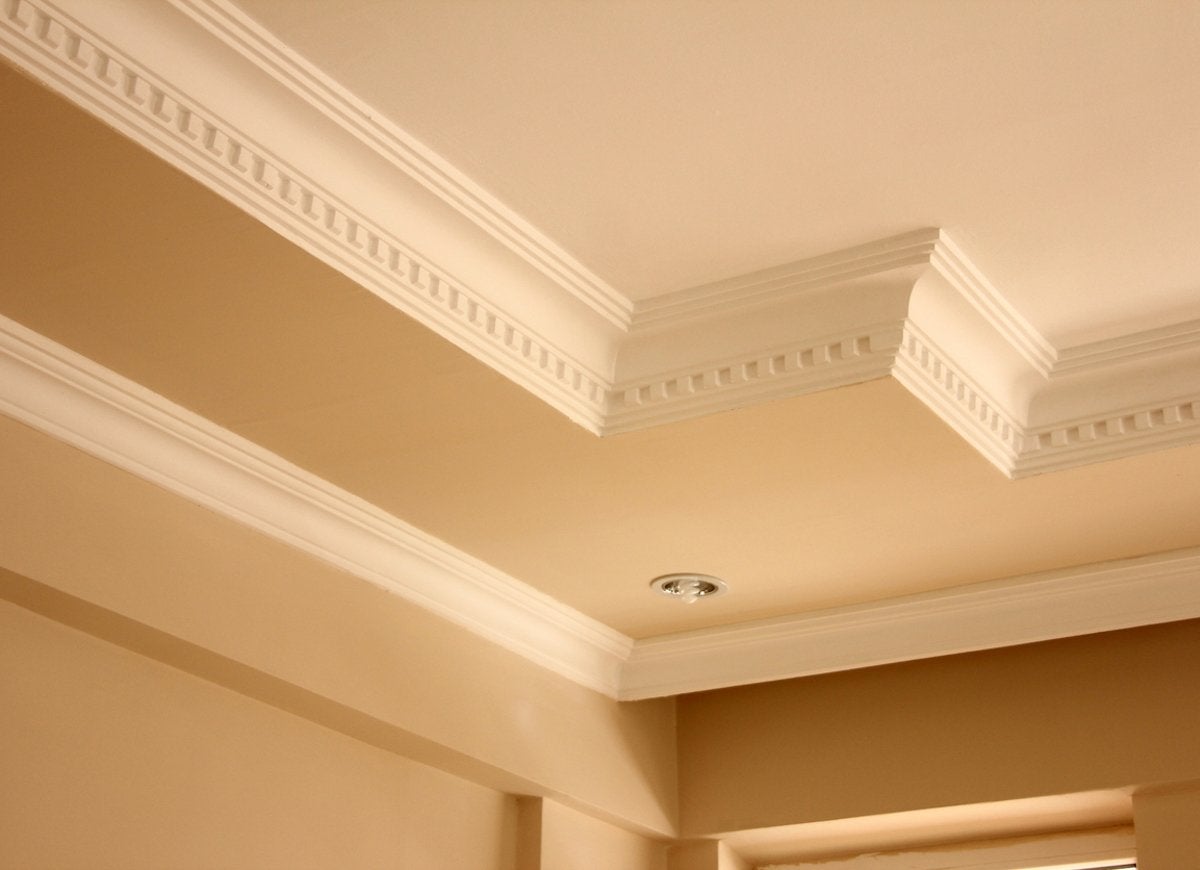

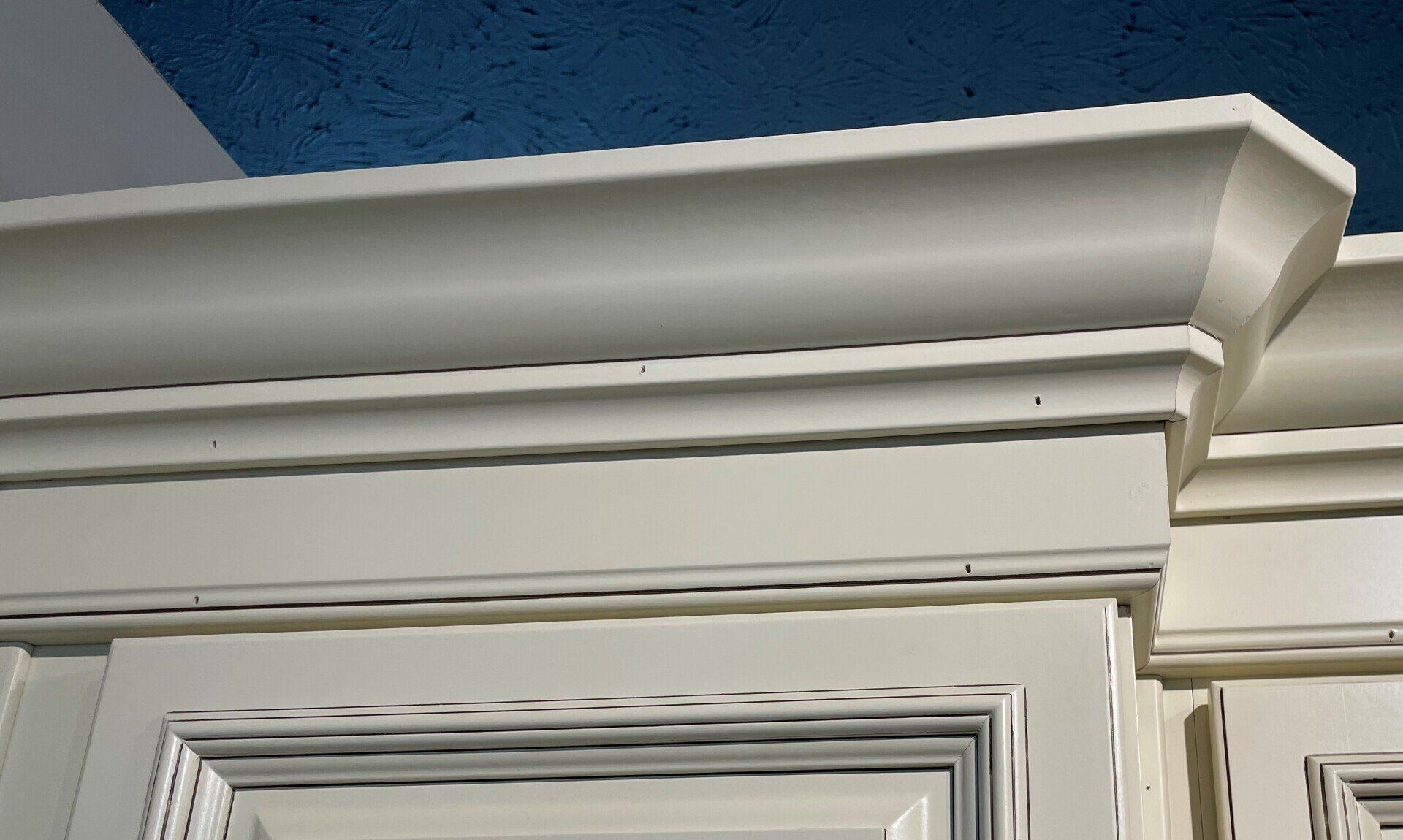
/cdn.vox-cdn.com/uploads/chorus_image/image/66166815/Molding_iStock-936301166.0.0.jpg)

